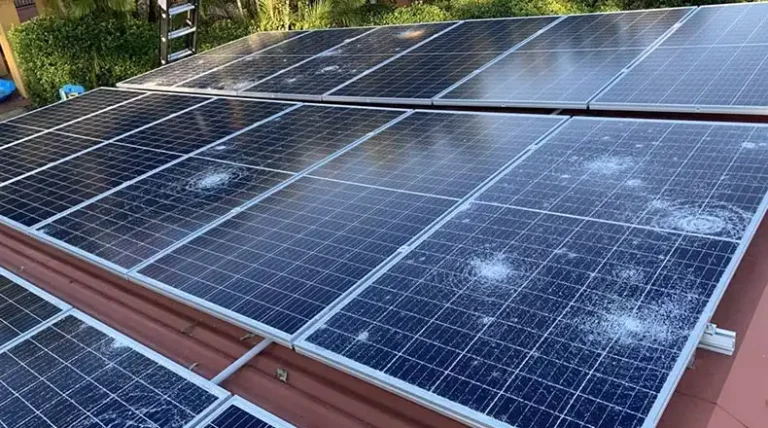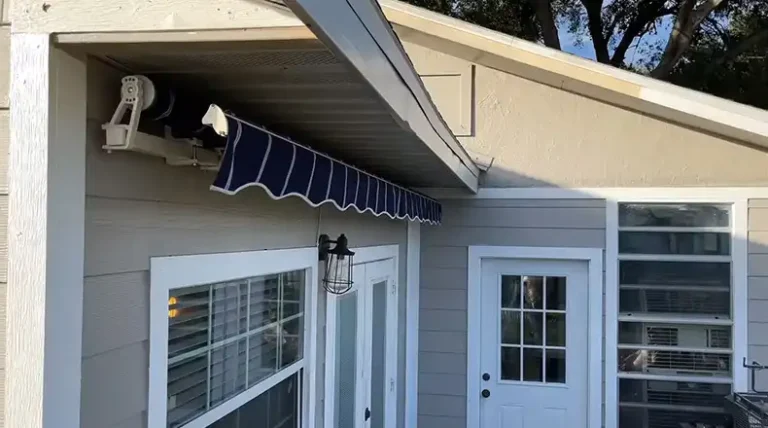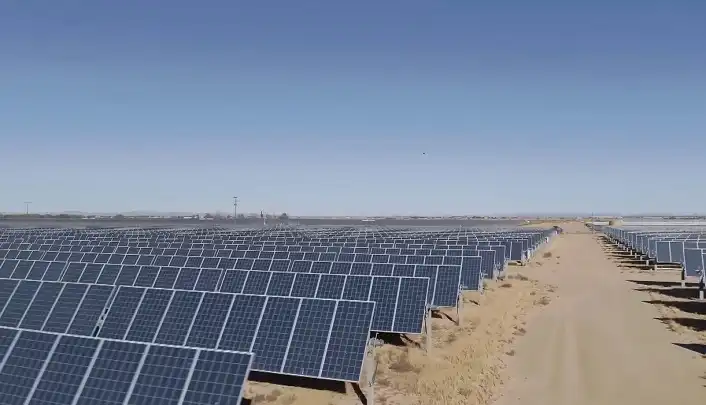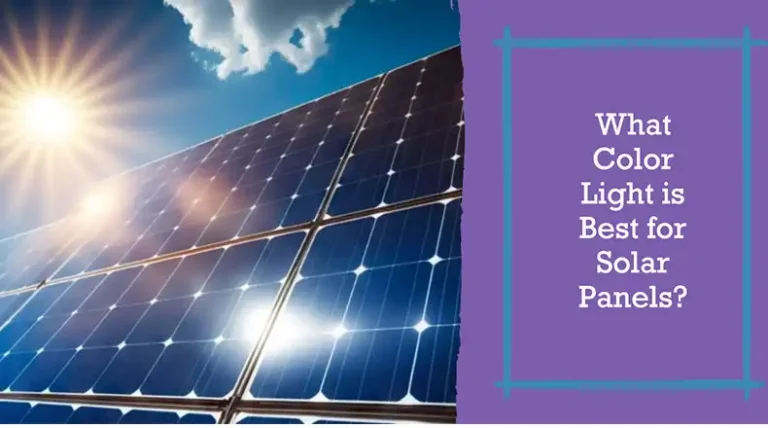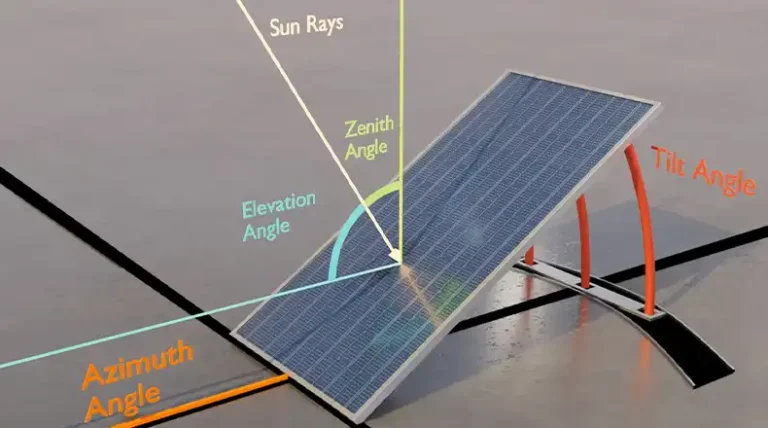Bifacial Solar Panels vs Monocrystalline Solar Panels
At the heart of the green energy revolution, are solar panels, which convert the sun’s rays into electricity. Among the various types of solar panels available, bifacial and monocrystalline panels stand out as two prominent options, each with its unique characteristics and advantages.
In this article, we’ll discuss bifacial and monocrystalline solar panels, exploring their differences, advantages, and suitability for various applications. Whether you’re a homeowner, a business owner, or a solar energy enthusiast, this article will provide you with the knowledge and insights you need to make an informed decision.
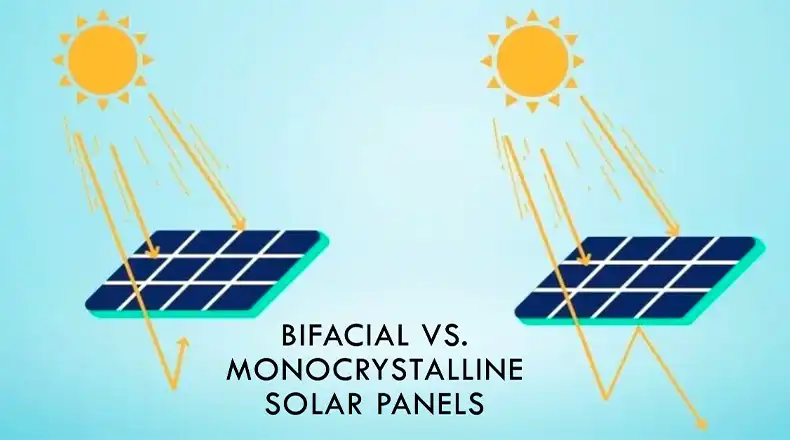
What are Bifacial Solar Panels?
Bifacial solar panels are a cutting-edge technology that has the ability to capture sunlight from both the front and back surfaces. These panels are designed with a transparent back sheet, allowing light to pass through and be absorbed by the solar cells on both sides.
The working principle of bifacial solar panels relies on the fact that sunlight can be reflected from surfaces surrounding the panels, such as light-colored roofs, walls, or even the ground. This reflected light is then absorbed by the back side of the panel, increasing the overall energy generation.
There are two main types of bifacial solar panels:
- Glass-glass bifacial panels: These panels have a glass cover on both the front and back sides, providing excellent durability and protection against environmental factors.
- Glass-foil bifacial panels: These panels feature a glass cover on the front side and a transparent foil or plastic back sheet, making them lighter and more cost-effective than glass-glass panels, but potentially less durable.
What are Monocrystalline Solar Panels?
Monocrystalline solar panels are a well-established and highly efficient technology in the solar energy industry. These panels are made from a single, continuous crystal structure of silicon, which is carefully grown and cut into wafers.
The manufacturing process of monocrystalline solar panels involves melting and solidifying pure silicon into a single cylindrical ingot. This ingot is then sliced into thin wafers, which are processed into individual solar cells and assembled into panels.
Monocrystalline solar panels are known for their high efficiency, thanks to the uniform and well-organized crystal structure of the silicon. These panels also have a distinct black, silicon wafer appearance, which some consider aesthetically pleasing.
Bifacial vs. Monocrystalline Panels: Key Differences
To better understand the differences between bifacial and monocrystalline solar panels, let’s explore several key aspects in detail:
Technology & Construction
| Feature | Bifacial | Monocrystalline |
| Light Capturing Surface | Front & Back | Front Only |
| Cell Type | Monocrystalline/ polycrystalline | Typically monocrystalline |
| Back Sheet | Transparent | Opaque |
As seen in the table, bifacial solar panels can capture light from both the front and back surfaces, while monocrystalline panels are limited to capturing light from the front side only.
Additionally, bifacial panels can be made with either monocrystalline or polycrystalline cells, whereas monocrystalline panels are typically made with monocrystalline cells. The back sheet of bifacial panels is transparent to allow light transmission, while monocrystalline panels have an opaque back sheet.
Performance & Efficiency
| Feature | Bifacial | Monocrystalline |
| Efficiency Range | 18-21% (front) + 5-10% (back) | 19-22% |
| Power Output | Higher potential due to additional backside generation | Lower potential, limited to front side |
| Performance in Low Light | Better due to capturing reflected light | Lower performance |
In terms of efficiency, bifacial solar panels typically range from 18-21% efficiency on the front side, with an additional 5-10% efficiency gain from the back side. Monocrystalline panels, on the other hand, have an efficiency range of 19-22%.
However, due to the ability to capture light from both sides, bifacial panels have a higher potential power output compared to monocrystalline panels, which are limited to capturing light from the front side only.
Additionally, bifacial panels perform better in low light conditions, as they can capture reflected light from surrounding surfaces, while monocrystalline panels may suffer from lower performance in such conditions.
Installation & Maintenance
| Feature | Bifacial | Monocrystalline |
| Installation Requirements | Reflective surface needed for backside generation (e.g., white roof, open field) | No specific surface requirements |
| Maintenance | Similar to monocrystalline (cleaning) | – |
| Weight | Heavier due to double-sided cell structure | Lighter due to single-sided cell structure |
When it comes to installation, bifacial solar panels require a reflective surface, such as a white roof or an open field, to maximize the backside generation. Monocrystalline panels, on the other hand, do not have specific surface requirements.
Both types of panels require similar maintenance, primarily involving regular cleaning to ensure optimal performance. However, bifacial panels tend to be heavier due to their double-sided cell structure, while monocrystalline panels are typically lighter as they have a single-sided cell structure.
Advantages and Disadvantages
To help you make an informed decision, let’s explore the advantages and disadvantages of both bifacial and monocrystalline solar panels:
Bifacial Solar Panels
Advantages:
- Higher potential power output: By capturing sunlight from both the front and back sides, bifacial solar panels have the potential to generate more electricity than traditional monocrystalline panels of the same size.
- Better performance in low light conditions: Bifacial panels can capture reflected light from surrounding surfaces, which improves their performance in low light conditions, such as during cloudy days or in shaded areas.
- Less overall panel area required: Due to their higher potential power output, bifacial panels may require less overall panel area to achieve the same energy generation as monocrystalline panels, making them a space-efficient option.
- More durable: Glass-glass bifacial panels, with their double-sided glass construction, can be more durable and resistant to environmental factors compared to traditional panels.
Disadvantages
- Higher initial cost: Bifacial solar panels generally have a higher upfront cost compared to monocrystalline panels, which may be a barrier for some buyers.
- Reliance on reflective surface: To maximize the benefits of bifacial panels, a reflective surface (e.g., white roof, open field) is required, which may not be available in all installations.
- Installation considerations: Proper installation and racking systems are crucial to ensure optimal performance and maximize the backside generation of bifacial panels.
Monocrystalline Solar Panels
Advantages:
- Lower initial cost: Monocrystalline solar panels typically have a lower upfront cost compared to bifacial panels, making them a more accessible option for many buyers.
- Versatile installation: Monocrystalline panels can be installed on various roof types and orientations without specific surface requirements, providing greater flexibility.
- Well-established technology with high efficiency: Monocrystalline panels are a tried-and-true technology with high efficiency rates, ensuring reliable performance.
Disadvantages:
- Lower potential power output: Since monocrystalline panels capture sunlight from the front side only, their potential power output is lower compared to bifacial panels of the same size.
- Poorer performance in low light conditions: Monocrystalline panels may not perform as well as bifacial panels in low light conditions, as they cannot capture reflected light from surrounding surfaces.
- More panel area required: To achieve the same energy generation as bifacial panels, monocrystalline panels may require a larger overall panel area, which can be a consideration for space-constrained installations.
Cost Comparison
Bifacial solar panels typically have a 10-20% higher upfront cost compared to monocrystalline panels due to additional materials and manufacturing processes. However, their ability to capture sunlight from both sides allows for higher electricity generation and long-term savings.
A bifacial system can potentially yield 10-15% more energy than a monocrystalline system of the same size. These increased savings can offset the higher initial cost over the panels’ 25-30 year lifespan. The payback period, when energy savings equal the investment, is also influenced by local electricity rates, sunlight conditions, and incentives.
In a hypothetical scenario, a bifacial system costing $18,000 could have a 13-year payback period compared to 15 years for a $15,000 monocrystalline system, assuming a 15% higher energy generation for bifacial.
Choosing the Right Solar Panel Technology
With a better understanding of the differences, advantages, and costs associated with bifacial and monocrystalline solar panels, it’s time to consider which technology is the right fit for your specific needs. Here are some key factors to consider:
Budget
If your budget is limited, monocrystalline solar panels may be the more cost-effective option due to their lower upfront costs. However, if you have the flexibility to invest more initially, bifacial panels can potentially provide greater long-term savings and a faster payback period.
Roof Type and Orientation
Bifacial solar panels require a reflective surface, such as a light-colored roof or an open field, to maximize their backside generation. If your roof is not suitable for this, monocrystalline panels may be a better choice, as they do not have specific surface requirements.
Sunlight Conditions
If you live in an area with abundant direct sunlight, both bifacial and monocrystalline panels can perform well. However, if your location experiences more diffuse or low-light conditions, bifacial panels may have an advantage due to their ability to capture reflected light.
Long-term Energy Needs
If you have high and consistent long-term energy needs, the higher potential power output and increased energy generation of bifacial panels could make them a more suitable choice, despite their higher upfront cost.
Environmental Factors
In areas with heavy snowfall or frequent dust accumulation, the glass-glass construction of bifacial panels can be more durable and easier to clean, potentially making them a better option than monocrystalline panels in such environments.
Frequently Asked Questions (FAQ)
Can bifacial solar panels be installed on any roof type?
Bifacial solar panels require a reflective surface to maximize their backside generation. While they can be installed on various roof types, their performance will be optimal on light-colored roofs or open fields with high ground reflectivity.
Do bifacial panels require special maintenance?
No, the maintenance requirements for bifacial solar panels are similar to monocrystalline panels. Regular cleaning to remove dust, debris, or snow is recommended to ensure optimal performance for both types of panels.
Can bifacial panels be used in shaded or partially obstructed areas?
Bifacial solar panels can perform better than monocrystalline panels in shaded or partially obstructed areas, as they can capture reflected light from surrounding surfaces. However, it’s still recommended to avoid significant shading on either side of the panels to maximize their performance.
How long do bifacial and monocrystalline solar panels last?
Both bifacial and monocrystalline solar panels typically have a lifespan of 25-30 years, with manufacturers providing performance warranties for a certain number of years. The durability of bifacial panels can vary depending on the type (glass-glass or glass-foil).

